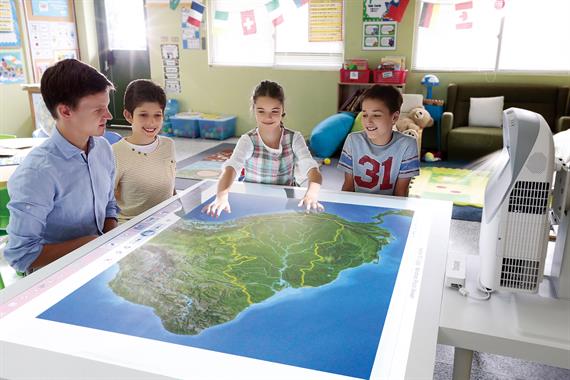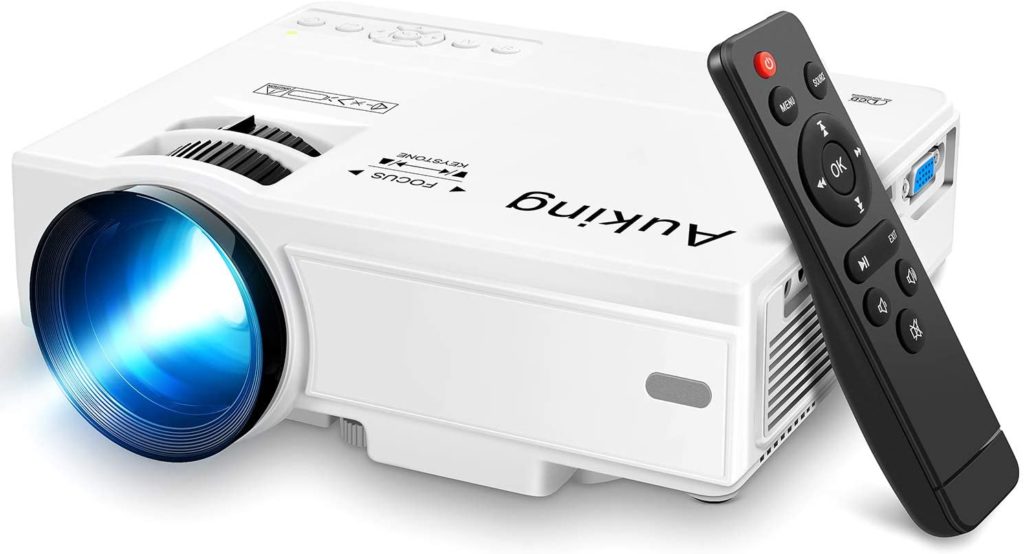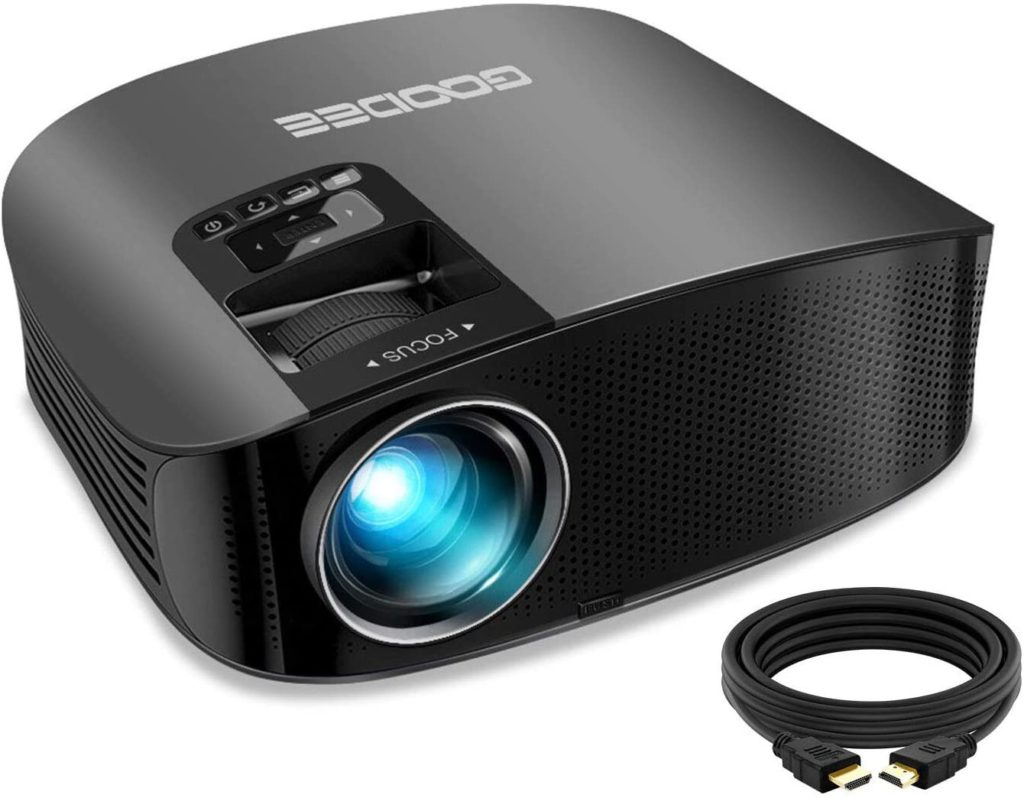A visual presentation encourages innovative thinking. When well-conceived, the presentation — like a movie — generates conversation and confidence. Students use the stimulus to spark interesting and creative ideas in the classroom.
You can go with a traditional classroom projector or opt for one of the fancy digital projectors. With the latter, you give yourself the latest and advanced educational tools. You can stream videos or teach your lessons with interactive PowerPoint.
Whatever visual opportunity you decide to take advantage of, enhance learning by giving students a fun, creative interaction.
Here are the top five ways to incorporate a projector into the classroom.
1. Promote Inspiration
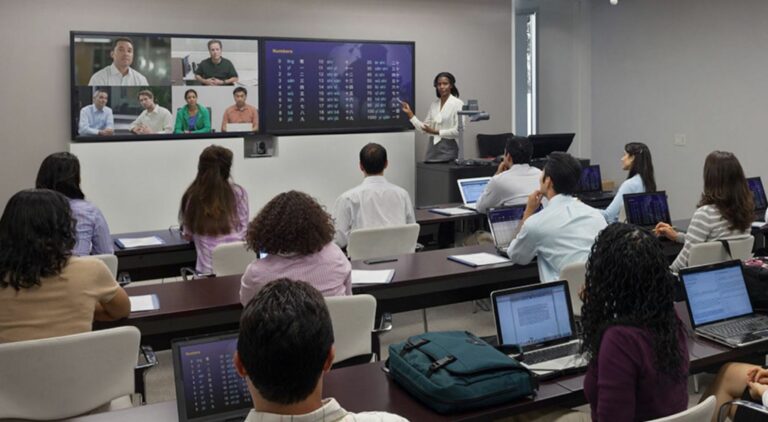
Let’s face it: Young people have short attention spans. It’s always a challenge to ignite their passion and interests. And the fast, vast world of digitization has only made the task more difficult. Let the classroom projector speak for you.
You can manage TED Talks that align with topics and subjects. Use slideshow supplies by educational resources that support your agenda. Get a national parks presentation to engage students in nature alongside your direct curriculum on ecology. Share picture books on the projector. The presentations can also be easily sent to absent students.
2. Open Up the World to Your Students
By simply flipping on the classroom projector, you give students a chance to visit all points on the planet. The only real issue here is that their phones and laptops can do the same thing.
What’s going to make a difference here is your skill as an educator. Use the projector as a resource while you supply students with unique and engaging supplemental materials and conversation.
Imagine implementing a meeting with a class in another state. Or moderating a question and answer session between students on opposite sides of the globe.
Help students discover insights into distinct cultures while seeing how much we have in common. Lead students to use critical thinking about diversity. The partnerships can also tackle joint experiments or projects and compare their perspectives.
3. Innovate With Group and Attendance Scheduling
For younger kids, take advantage of interactive projection, encouraging learning through play and infotainment. Reinforce recognition by starting the day with a presentation that highlights what’s going on in class. Call out a child’s name for each image and let them proudly answer. (This is also a fun way to check daily attendance!)
4. Take Virtual Outings
Budget cuts, time constraints, and remote learning have hit creative teaching hard. That’s especially true when it comes to field trips that advocate hands-on experiences. Thanks to the current social climate, many school districts have dispensed with field trips entirely.
That’s unfortunate. Field trips greatly broaden the educational experience. They expose students to a range of learning paths and promote curiosity. The resources motivate exploration and organically grow the knowledge base.
Take a classroom projector and use it as a ticket for virtual field trips. Bring lessons to life in a shared experience as opposed to letting each student go for his or her phone or laptop.
Enjoy the Discovery Education Network
The Discovery Education Network, or DEN, is a community that provides educators with teaching opportunities, learning resources, and convenient networking. The agency encourages the teaching community to reach outside traditional learning methods and utilize the agency’s award-winning digital content.
Educators can take advantage of DEN’s no-fee virtual field trips. The agency has content for all ages and interests. There are nature programs centered on faraway lands for the youngest pupils; content that’s tech-slanted for middle schoolers; and serious social issues for high schoolers.
No, it’s not the same as going to a museum or historical landmark. But DEN presents an opportunity to enhance daily lessons, teaching, and classroom curriculums.
When we say far-reaching topics, that’s not just hyperbole.
- AI virtual field trips can take children to cars of the future. Toyota Research Institute shows how machine learning and artificial intelligence are impacting the future of automobiles. Students get a tour of Mcity. Known for mobility innovation, this is a unique urban test facility striving to bring convenience, safety, comfort, and easy travel via robotics and automated vehicles.
- This is definitely a sobering topic, but older students should be aware of opioids and how the drugs impact our communities. DEN and the Drug Enforcement Administration (DEA) offer a striking field trip for middle and high schoolers where they meet impacted individuals. Students hear their stories and learn real science. They see those who triumph, lose, and learn the hard way.
- Take a virtual visit to Churchill, Manitoba, Canada for the yearly polar bear migration. Discovery Education partners with Polar Bears International to transport students via a series of webcasts. They give children a great opportunity to learn about natural wildlife and why these topics should be important to everyone.
5. Turn a Flat Surface Into an Educational Whiteboard
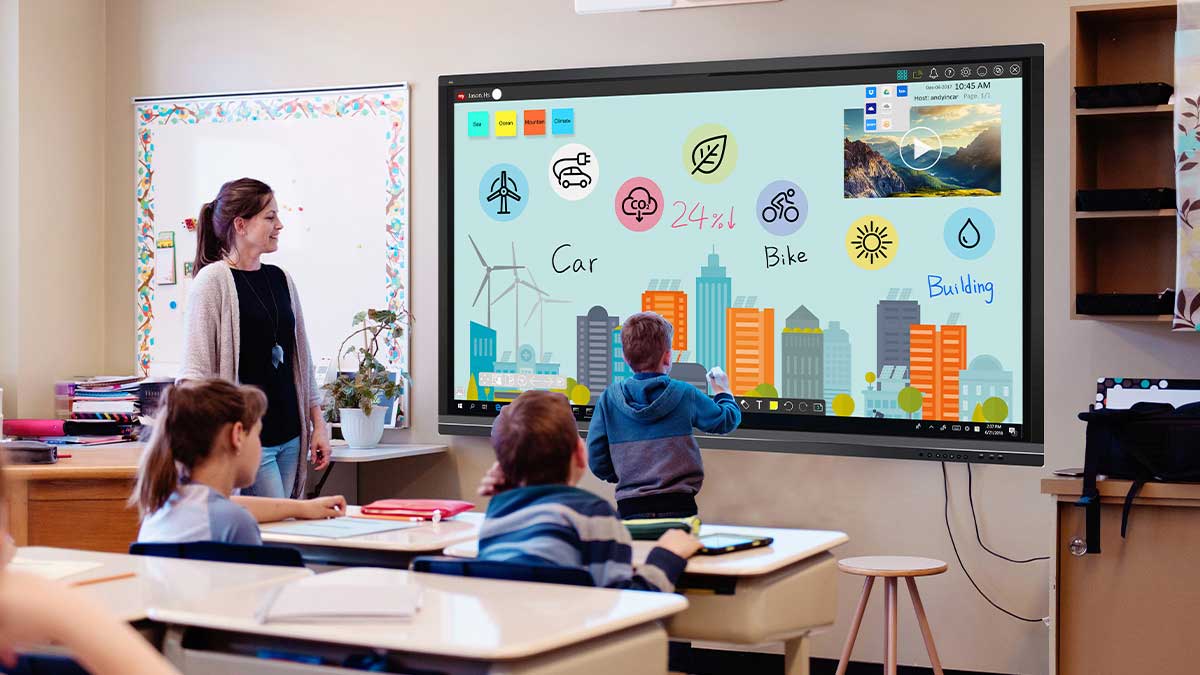
With the right projector, you can turn any surface into a learning tool. On a wall or table, you can operate these interactive devices with a stylus or finger.
Interactive whiteboards let you highlight, draw and interact with elements. This is an exceptional way to collaborate and safeguard work for future use. You can record ideas as well as share and archive notes as digital content.
With the right product, there’s integration with our devices. Connect your iPad and use apps to enhance interaction. Hook up to Android laptops, smartphones, or tablets. With connectivity, these whiteboard solutions become ideal for remote learning and continued study.
Here are some of the most popular projectors under $200.
Conclusion
The digital world has completely changed our attention spans. This creates the need to complement reading, writing, and listening with visual inspiration. With a projector, educators flip the script on teaching in an ecosystem where engagement is often obstructed by remoteness.
Turn your classroom projector into a valued teacher’s assistant. Play online games and quizzes, stream videos, and take virtual field trip — all to keep challenging your students and pushing them to explore learning beyond the textbook.

